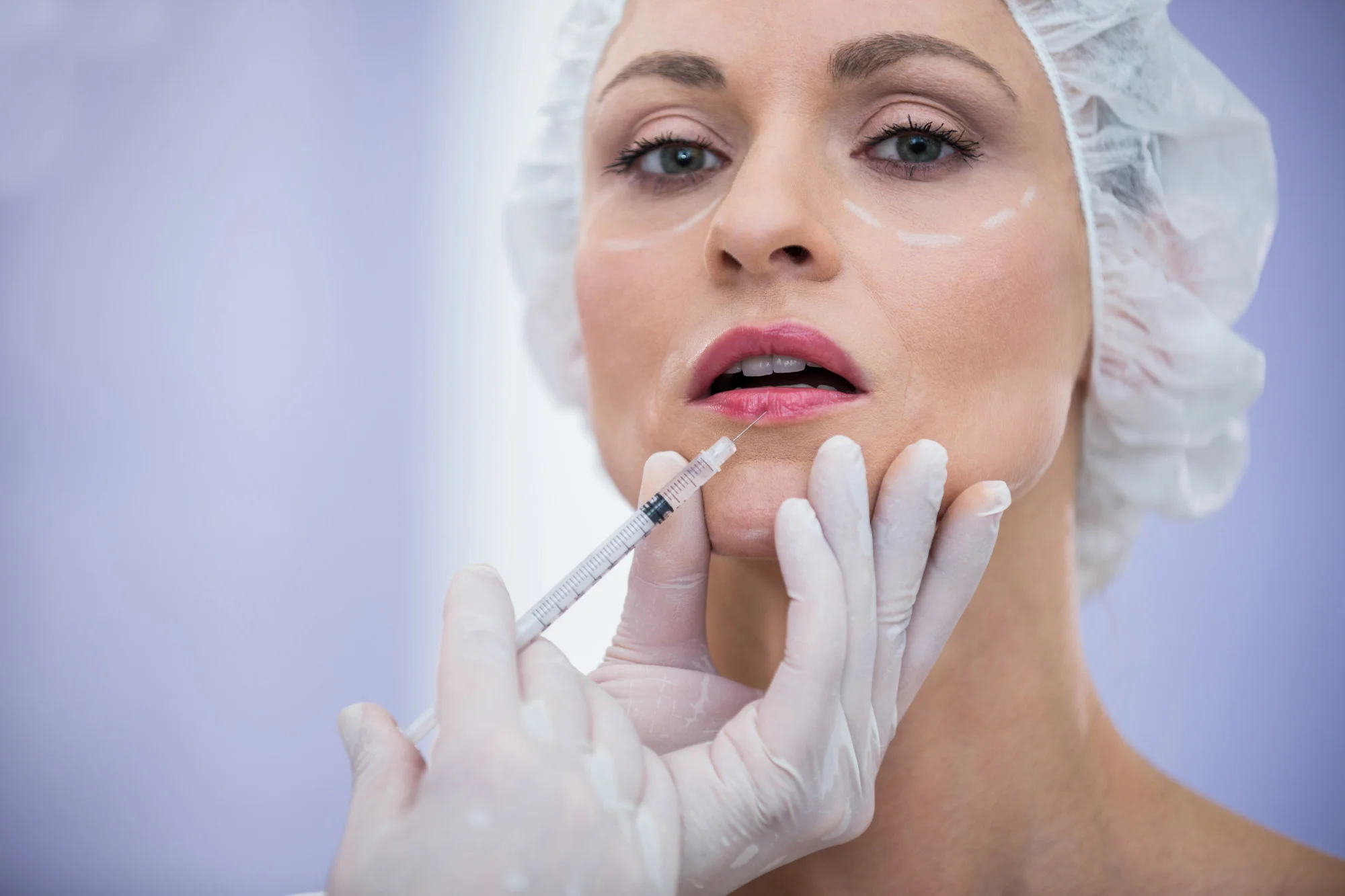For individuals self-conscious about their “gummy” smiles, an innovative dental procedure known as lip repositioning presents a less invasive alternative to traditional surgery. The Saudi Dental Journal recently highlighted a case report that has reinforced the credibility of this technique, affirming its long-term efficacy and stability over a four-year period (DOI: 10.1016/j.sdentj.2019.02.030).
Understanding Excessive Gingival Display
Excessive Gingival Display (EGD), commonly referred to as a gummy smile, is a condition that can have both aesthetic and psychological impacts on an individual. Several factors, such as Vertical Maxillary Excess (VME), a Hyperactive Upper Lip (HUL), or dental anomalies, contribute to this condition, leading to a display of excessive gum tissue when smiling. Plenty of patients looking for a solution are driven by the desire for a more balanced and harmonious smile that falls within the societal expectations of beauty and normalcy.
Traditional Approaches Versus Lip Repositioning
Traditional surgical procedures aimed at correcting EGD, such as orthognathic surgery, are often viewed as invasive with a longer recovery time and heightened risks. Lip repositioning, as shown by the pioneering work of Dr. Foudah Mashael from the University of Dental Hospital at King Abdulaziz University, offers a promising alternative. Published in the Saudi Dental Journal’s 31 Suppl 2019 (PMC6488763), this method offers a relatively simple surgical correction with a documented record of stable improvement up to four years post-operation.
The Case Report That Changed Perceptions
The featured case involved a 25-year-old patient presenting with an issue of a gummy smile. Through detailed imagery, including Orthopantomograph (OPG) and Peri-apical x-rays (PA), the presence of VME was ruled out, and the condition was attributable to HUL. Opting against more aggressive forms of surgery, lip repositioning was chosen. The procedure involved removing a strip of mucosa from the inner part of the upper lip and suturing it closer to the mucogingival junction. This effectively restricts the vertical movement of the lip, thus reducing gingival exposure when smiling.
Evaluating Success and Safety
Results demonstrated over the 4-year follow-up period showed a significant and stable reduction in gingival display. Additionally, the technique ensured a recovery experience characterized by minor discomfort managed effectively by Non-Steroidal Anti-Inflammatory Drugs (NSAID’s) and a low risk of complications. This is congruent with the findings of Bhola et al. (2015), who outlined the process and effectiveness of lip stabilization in managing EGD (Int. J. Periodontics Restorative Dent. 2015;35:549–559).
The Science and Psychology Behind Smiles
Beyond the technicalities, smiles hold tremendous emotional and social value. A smile seen as aesthetically pleasing can have notable benefits on an individual’s social interactions and self-esteem (Ekman et al., J. Pers. Soc. Psychol. 1990;58:342–353). As mentioned by Garber and Salama (Periodontol 2000. 1996;11:18–28), the perception of a smile’s aesthetics is deeply rooted in cultural norms and psychological underpinnings, highlighting the importance of personalized approaches to correcting EGD.
Future Implications and Considerations
The implications go beyond the mere cosmetic; they touch upon the importance of offering patients safe, effective, and psychologically beneficial treatment options. While the case report’s findings are promising, continued research and case studies will be essential for understanding the long-term effects and potential contraindications of lip repositioning.
Observations and Recommendations
The case reported in the Saudi Dental Journal represents a benchmark in minimally invasive cosmetic dental procedures, providing new hope for individuals with gummy smiles. Clinical success, as seen in this case, illustrates the potential for less traumatic, more accessible treatments.
Conclusion
Lip repositioning is a valuable contribution to the arsenal of cosmetic dental procedures, offering a less invasive, safe, and effective treatment method for EGD. This 4-year follow-up case conveyed by the Saudi Dental Journal demonstrates that it can be a viable alternative to more invasive surgeries, providing long-term results that are both aesthetically pleasing and conducive to patients’ psychological well-being.
References
1. Bhola M., et al. (2015). LipStaT: the lip stabilization technique- indications and guidelines for case selection and classification of excessive gingival display. Int. J. Periodontics Restorative Dent., 35, 549–559. DOI: 10.11607/prd.2221. PubMed: 26133145.
2. Ekman P., et al. (1990). The Duchenne smile: emotional expression, and brain physiology II. J. Pers. Soc. Psychol., 58, 342–353. DOI: 10.1037/0022-3514.58.2.342 PubMed: 2319446.
3. Garber D.A., et al. (1996). The aesthetic smile: diagnosis and treatment. Periodontol 2000., 11, 18–28. DOI: 10.1111/j.1600-0757.1996.tb00178.x. PubMed: 9567953.
4. Foudah Mashael A. (2019). Lip repositioning: An alternative to invasive surgery a 4 year follow up case report. Saudi Dent J., 31 Suppl 2019, S78-S84. DOI: 10.1016/j.sdentj.2019.02.030. PMC: PMC6488763.
5. Humayun N., et al. (2010). Mucosal coronally positioned flap for the management of excessive gingival display in the presence of hypermobility of the upper lip and vertical maxillary excess: a case report. J. Periodontol., 81, 1858–1863. DOI: 10.1902/jop.2010.100130. PubMed: 20722534.
Keywords
1. Lip Repositioning Surgery
2. Gummy Smile Correction
3. Non-Invasive Dental Procedures
4. Cosmetic Dentistry Techniques
5. Excessive Gingival Display Treatment
